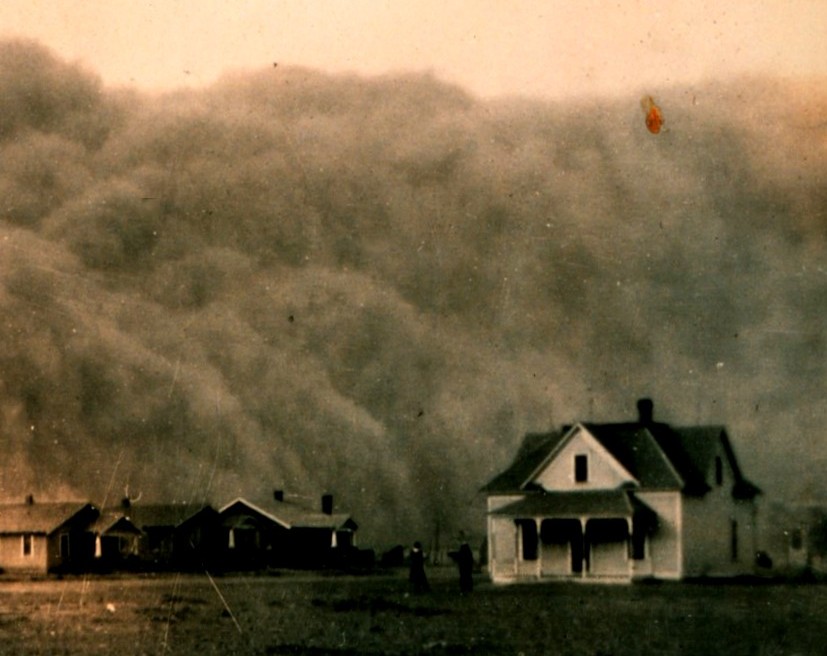If we were to forget all about climate change and peak oil, the two most real and present dangers to our future (of course it’s a silly thing to do in the face of the evidence, but do the exercise: pretend you’re an American politician), we would still be confronted by the third, and conceivably the gravest danger — peak food. The strains on the natural systems on whose health we depend for life itself are titanic (pun intended) and growing. A breaking point has already come for millions of the world’s poor, and cannot be far off for the world’s most privileged.
A report from the US Department of Agriculture this week forecasts historically low reserves of grain at the end of this year’s growing season, despite plans to plant virtually every available acre in the country — the second-largest area of corn and the third-largest soybean crop in the US since World War Two. But when it’s all over — assuming normal yields — in the whole country there will be a three-week supply of corn and a ten-day reserve of soybeans. This, according to a USDA economist, is “a very tight situation.”
All this means that, without any major weather events or constraints on oil supply. the price of food will continue to rise precipitously, worldwide, from its present historic highs. Even in the United States, where food costs are barely noticed in the typical family’s budget, increases of 3.5 per cent are forecast for this year. All other things being equal, the rising demand for ethanol and livestock feed, which in the US override the continuing demand in the developing world for food staples, has reached and is about to outstrip the ability of the United States, and the world, to supply it.
But all other things are not equal. Climate change is eroding the ability of the United States and other countries to sustain its harvests. This week, huge wildfires (that signify the severity of the drought that enables them) are raging across Texas, Kansas, Colorado, Oklahoma and New Mexico. Three quarters of Texas and much of Oklahoma are experiencing Dust-Bowl drought conditions that are not expected to ease anytime soon.
In fact, serious drought extends from the Louisiana Gulf Coast to Colorado, and threatens to decimate the winter wheat crop already in the ground as well as any spring planting contemplated this year. In eastern Montana, where the drought began four years ago, more than a thousand wheat farmers have given up farming. This spring, farmers in the community of Syracuse, Kansas, crowded into their school gym to pray for rain. Agriculture officials report that most of Colorado will not even have a wheat crop this year; and the state has had four times the normal number of wildfires just since January.
At the same time, record flooding threatens the grain crops of the Dakotas, Minnesota and the Canadian Prairie breadbasket. A succession of super-snowstorms this winter, along with a much-delayed spring melt, threatens to swamp existing winter-wheat crops and delay planting which, in the short northern growing season must be accomplished by the end of May. It will be a repeat of last year for Canada, where little grain was planted in the Prairie provinces because the land never dried out.
Put this all together with the continuing threats of historic droughts in China and Russia, both of whom have been forced to start buying on the world market what they formerly grew for themselves and exported, and you see the shape of a rising global food crisis that has already destabilized several North African and Middle Eastern countries.
Now, should we put peak oil in the mix? Or just go outside and plant a garden. Quickly.

I sometimes wish I could photosynthesize my own food like a plant. Then I’ll never have to worry about food. Too bad I can’t just eat some radioactive spinach and turn into Spinachman, with superpowers like total nutritional self-sufficiency, the same way Peter Parker got bitten by a radioactive spider and became Spiderman.
Your plan is as realistic and practical as anything I’ve heard from a US politician lately.
Makes one wish for an interstate iragation system in grid formate over the USA to manage the highs and lows. or we could grow our own localy and let the market redistrobute the land as the big ag grain belchers go under.